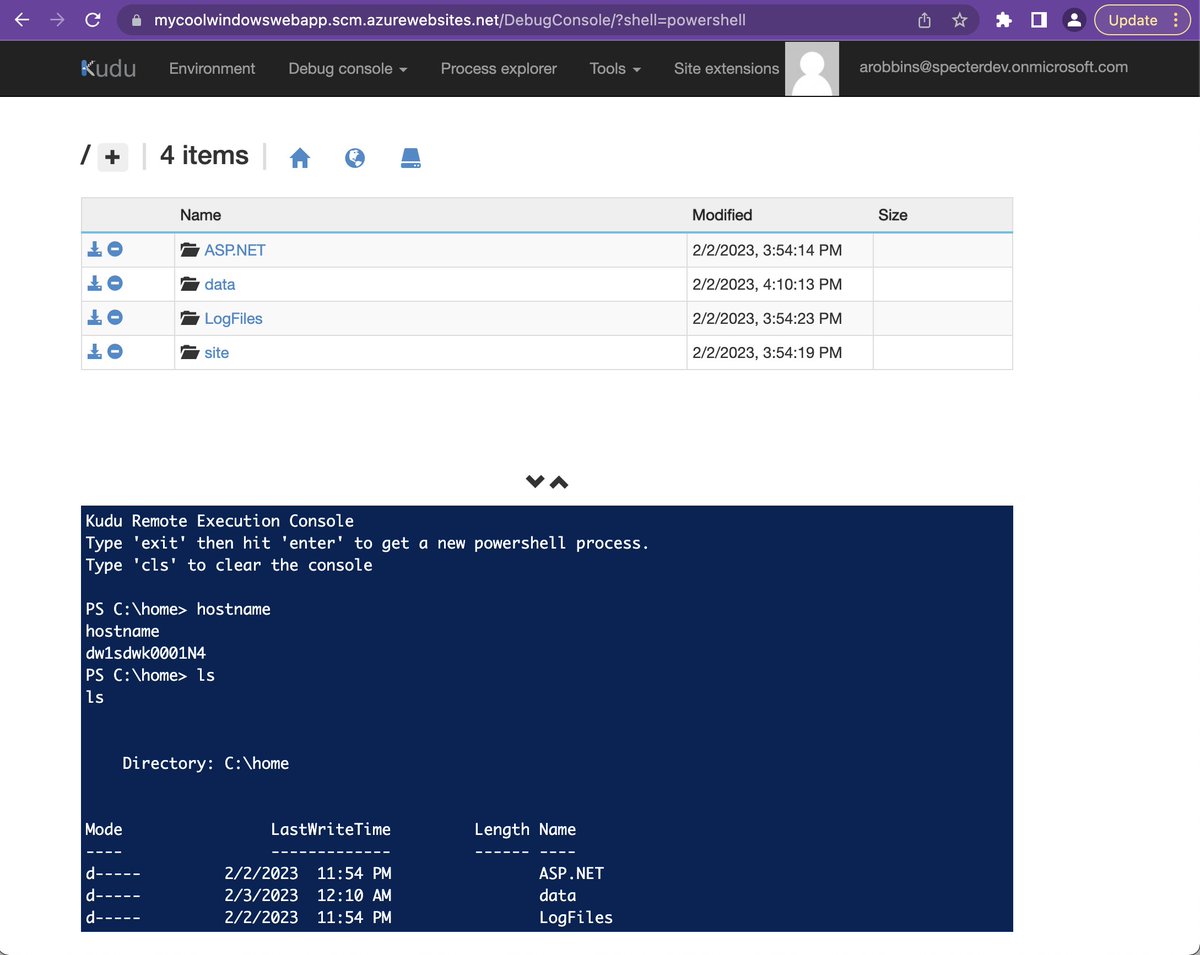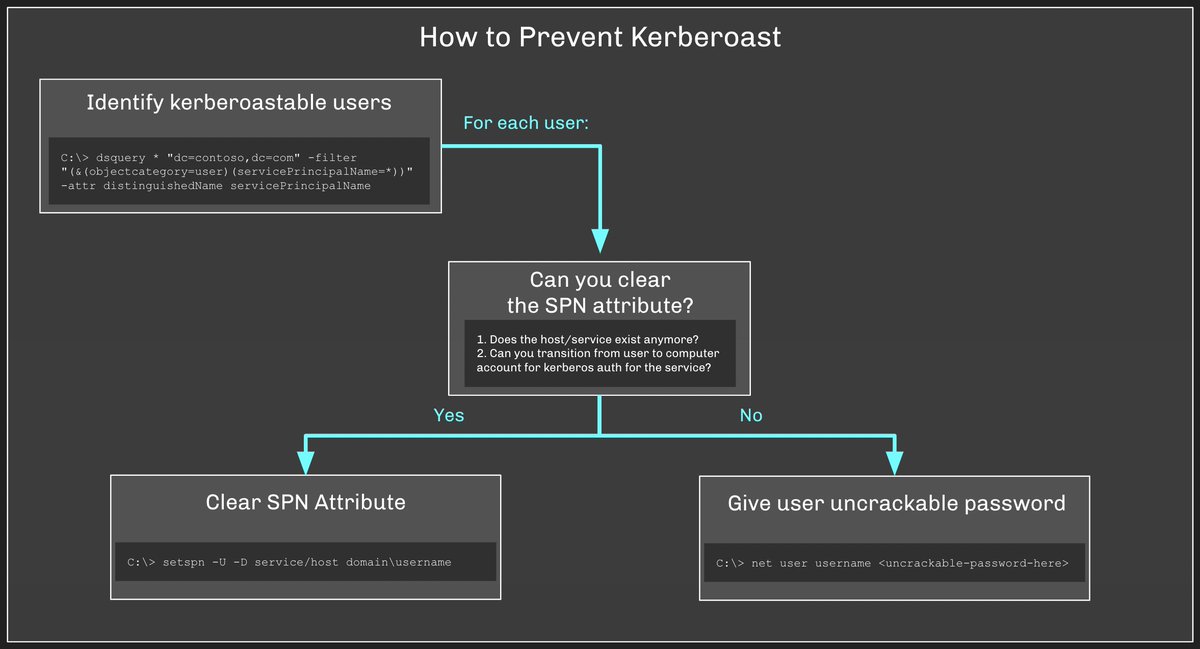(1/9) My first pentest job was at a company called TrustCC - little-known then and since purchased. We had a tradition whenever got DA: horrible, awful, cringe-worthy puns.
(2/9) We would send internal emails that were half celebratory, half instructive, explaining how we got DA in that particular client environment. But the email subject was REQUIRED to be a pun based on the client name.
(3/9) So if the client was "Sunny Hills Bank", the email subject might be "Walking on the Sunny (Hills Bank) Side of the Street: Path to DA #1".
(4/9) That "#1" in the subject indicated this was the FIRST path to DA you could find. Finding one path to DA was good. If you found two, even better. If you found five, you were godlike.
(5/9) That was in 2014. Now, in 2020, we are using #BloodHound to quantify how many attack paths to "DA" there are in our client environments. The *lowest* number of attack paths we've seen is 1,732,550. That's a lot of puns to write.
(6/9) 1.7 million attack paths sounds like a lot, and it is. But those attack paths didn't just appear out of thin air because we ran #BloodHound: they've been growing in number and complexity for years.
(7/9) In some organizations, attack paths have been festering for decades, waiting to be found and executed by an attacker, or cleaned up by a defender.
(8/9) You can use #BloodHound to identify, quantify, and eliminate those attack paths before a real attacker discovers and executes them. A couple resources to get started:
posts.specterops.io/introducing-th…
posts.specterops.io/visualizing-bl…
posts.specterops.io/introducing-th…
posts.specterops.io/visualizing-bl…
(9/9) Questions? DM me here or in the BloodHound slack: bloodhoundgang.herokuapp.com
• • •
Missing some Tweet in this thread? You can try to
force a refresh












